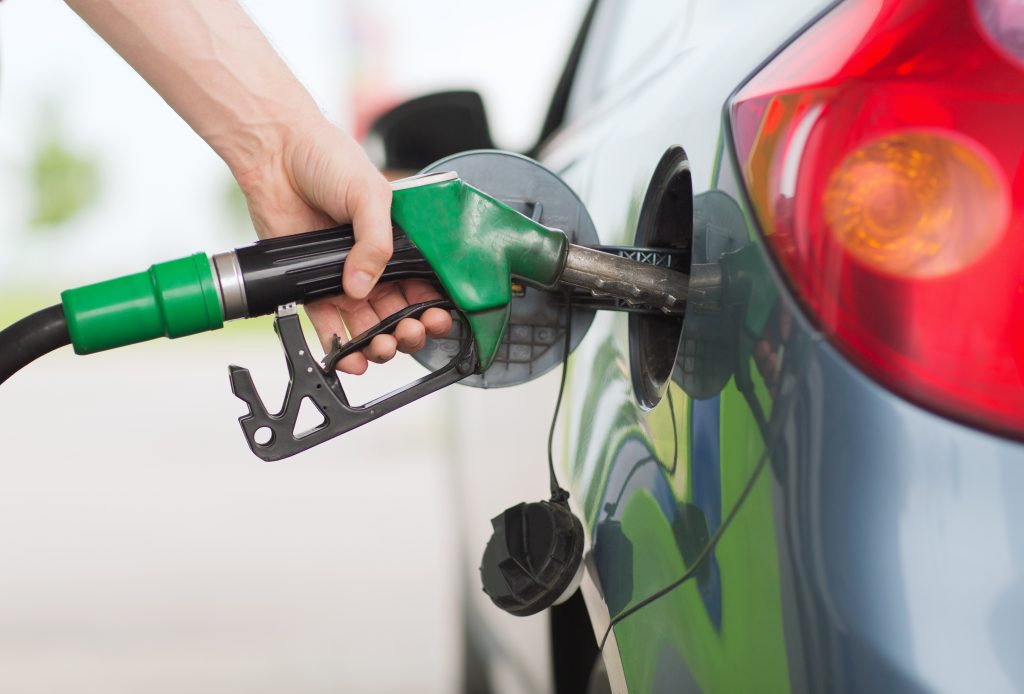
Both fuels are now nearly 7p cheaper than a month ago, according to RAC Fuel Watch analysis.
As of last Thursday (19 September), a litre of unleaded is being sold for 136.15p on average – down 5p since the start of September (141.26p) and almost 7p lower than a month ago (142.86p), saving nearly £4 for a complete fill-up.
For diesel, the drop is similar, with average prices down 5p since the start of the month (when they stood at 145.99p) to 140.87p, and nearly 7p lower than a month ago (147.74p).
The RAC said that the recent sharp reductions mean that both petrol and diesel prices are now at their cheapest in almost three years.
The last time prices were dropping as quickly over the course of a month was between late November and the end of December 2023. Back then, average prices at the pumps for both fuels reduced by more than 7p – but even then, prices on forecourts were considerably higher than they are today.

Wellness and wellbeing holidays: Travel insurance is essential for your peace of mind
Out of the pandemic lockdowns, there’s a greater emphasis on wellbeing and wellness, with
Sponsored by Post Office
The RAC said the good news for drivers this month is that depending on where they shop, they can find prices well under the average, with supermarkets currently charging 133.23p for unleaded and 137.69p for diesel.
In Northern Ireland, where the RAC considers pump prices to be at their fairest, a litre of petrol is just 131.5p, and for diesel, it’s 134.2p.
The RAC expects average pump prices to fall to a three-year low as soon as the end of September and, if prices continue to drop as the RAC hopes, the average cost of a litre of petrol could dip to as low as 132p and diesel to 138p within the next fortnight. This would be the lowest price drivers have paid for either fuel since July and September 2021 respectively.
Why are fuel prices falling?
The reason for tumbling pump prices is twofold – a relatively low oil price of $73 brought about by lower global demand combined with a relatively strong pound, with the latter being helped by a fall in the UK’s rate of inflation.
With fuel traded in US dollars, a stronger pound means UK fuel retailers get more ‘bang for their buck’ when buying in new stock on the wholesale market.
Simon Williams, RAC’s fuel spokesperson, said: “It’s really encouraging to see pump prices coming down so rapidly, which we know is as good for drivers’ wallets as it is for keeping the headline level of inflation in check.
“Of course, global oil prices and even the strength of the pound can fluctuate wildly and that’s something completely out of drivers’ control.
“The message to drivers is simple – keep shopping around for fuel and use the available free tools out there, like the myRAC app, to always pay the lowest price wherever you can. We publish averages on our app and website to help drivers see the absolute maximum they should ever be paying, but there are some good deals out there if you know where to look.”
The RAC predicted that based on wholesale pump prices, which is what retailers pay to buy the fuel, there could be scope for further price cuts and drivers could see pump prices reach their lowest levels in three years.
Williams added: “We continue to look forward to the new Government proceeding with its plans to introduce greater pump price transparency with the Pumpwatch scheme, along with an official monitoring function that can help ensure drivers are charged a fair price every time they fill up.”




